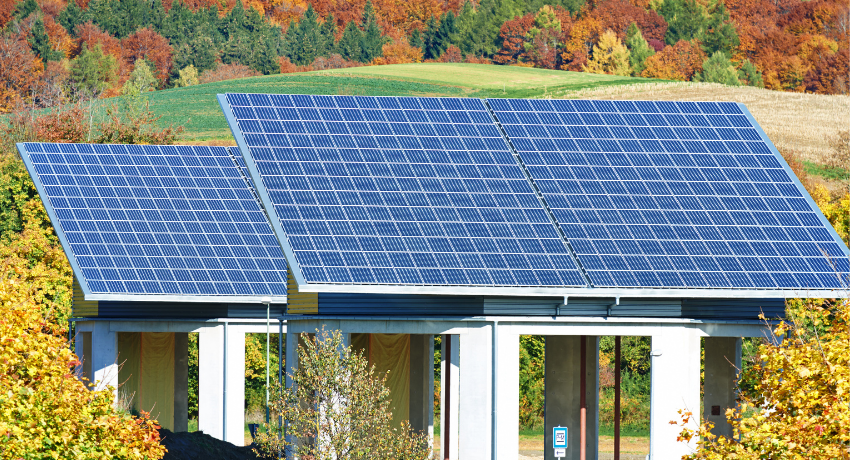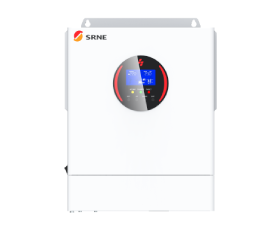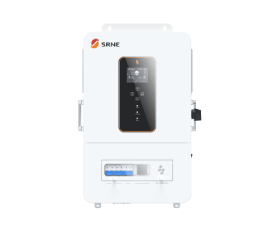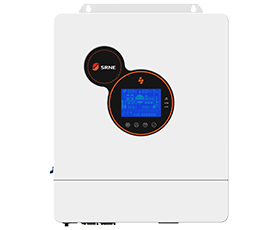Roof Mounted vs Ground Mounted Solar Panels
With the sustained calls for renewable energy adoption, more and more people are installing solar panels in their homes. Solar panels are typically roof mounted or ground mounted. Other options include pole mounting and wall mounting but these are less popular and more bespoke.
There is no ‘best’ solar panel mounting option. Your choice is influenced by the factors such as local requirements, budget, space, location and your preferences. This article will look at both roof mounted and ground mounted solar panels to put you in the know.

Roof Mounted Solar Panels
This is the most common method of installing solar panels. The roof acts as the base support of the solar system. It is the most preferred option for city dwellers. The configuration involves installing a series of flashing or a rail system that attach the panel to the roof.
Ground Mounted Solar Panels
A ground mount is when the panels are secured to a rack structure that is connected to the ground with steel beams or another type of metal post. Ground mounts can be installed in an open area or as a carport over a parking lot.
Ground mounts can be installed wherever the conditions are best for solar, making them a great alternative for those who doesn’t have enough usable roof space or just prefer to not have panels mounted to the roof.
The Comparison between These Two Solar Panels
Cost
Roof mounted solar panels are more common, and they’re usually easier and faster to install. The only thing that might increase those costs is the condition of your roof. Roof mounted panels require a steady and well-maintained roof that is expected to last at least 20 years. If your roof is more than 10 years old, you will likely have to replace it during the solar array’s lifetime.
On average, ground mounted panels cost more than roof mounted solar panels as they require extra materials. Also, the installation is labor and time intensive.
The installation typically requires a cement foundation in addition to a reinforced pole structure to make sure the panels are lifted off the ground, have the appropriate tilt angle, and are wired to the house. This amounts to quite significant costs.
Positioning
When installing solar panels on the roof, you will be limited by factors such as the type of roofing, angle and direction. A slate roof with a steep pitch isn’t ideal for rooftop solar, for example, while asphalt roofs with a gentle slope are ideal. Obstructions such as skylights, trees, or buildings can also cast shadows on rooftop panels, reducing overall production.
The most ideal position for a solar power system is to face towards west or south, with southeast and southwest alignments being the other possible alternatives.
Ground mounted systems allow you to orient the system more easily. You will not have to deal with the obstructions that roof panels have to deal with. As such, you will be able to ensure that your arrays are facing the right direction and at the right angle. This means your potential to generate energy will not be limited.
Cleaning and Maintenance
Even though solar systems do not typically require a lot of maintenance, you will still have to clean or repair them every once in a while.
Roof mounted solar panels will require a bit more caution and care when it comes to maintenance. Some owners will clean their panels with a broom or pressure washer, which may void the warranty on certain panels. To be safe, it is generally a better idea to invest in a professional cleaning and checkup every year or so.
As ground-mounted panels are closer to the ground, they are easier to clean and maintain than those on a roof. The only extra effort a ground mounted array owner will need to invest is to keep the base of the panels clear during cold and snowy days.
To sum up, roof mounted and ground mounted solar panels are both good choices. You should choose the most appropriate one depending on your needs.






























































































